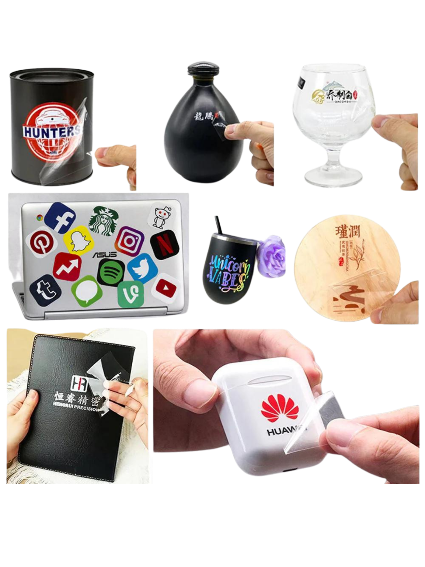When diving into the world of custom printing, you’ll see various technologies. Among the top contenders are DTF (Direct-to-Film) printers and UV DTF printers. Both offer unique benefits, but deciding which one suits your needs can be challenging. Let’s break down the differences to help you make an informed decision.

What is a DTF Printer?
A DTF printer uses a special film to print designs directly onto textiles. This technology allows vivid colors and excellent detail, perfect for creating custom t-shirts, hoodies, and more. The process involves printing an image on a special film, sprinkling adhesive powder on the print, and then transferring it onto the fabric using a heat press.
Advantages of DTF Printing:
What is a UV DTF Printer?
UV DTF printers combine the Direct-to-Film process with UV curing technology. This method is commonly used for printing on hard surfaces like glass, metal, and plastics, making it versatile beyond fabrics.
Advantages of UV DTF Printing:
DTF vs. UV DTF: Key Differences
– DTF is predominantly for fabrics.

– UV DTF can handle textiles plus hard surfaces.

– DTF printers tend to be more affordable.
– UV DTF printers are an investment but offer broader application.
– DTF requires handling adhesive powders and a heat press.
– UV DTF uses UV light for curing, simplifying the process.
Which One Should You Choose?
Your choice depends on your specific needs and budget. If you’re focusing on garment printing, a DTF printer is likely the best fit. It’s cost-effective and versatile for various fabrics. On the other hand, if you aim to diversify your printing projects to include materials like glass, metal, and acrylic, investing in a UV DTF printer could be worthwhile.
Conclusion
Both DTF and UV DTF printers have their unique strengths. Assess your business goals, project types, and budget to choose the printer that aligns best with your needs. Whether you prioritize fabric versatility or material diversity, making an informed decision will set you on the path to stunning custom prints.